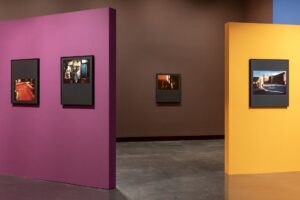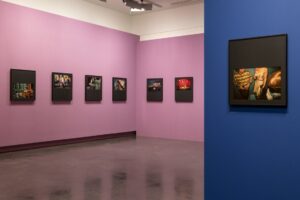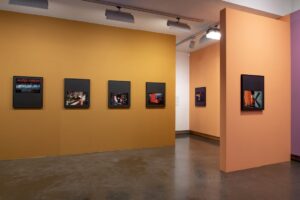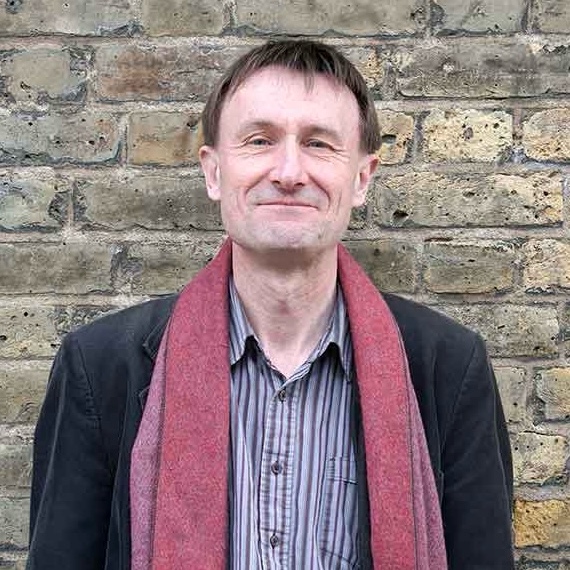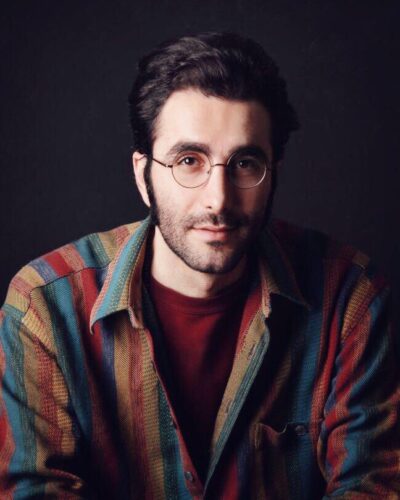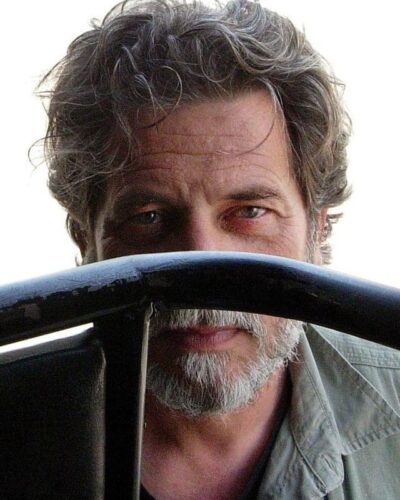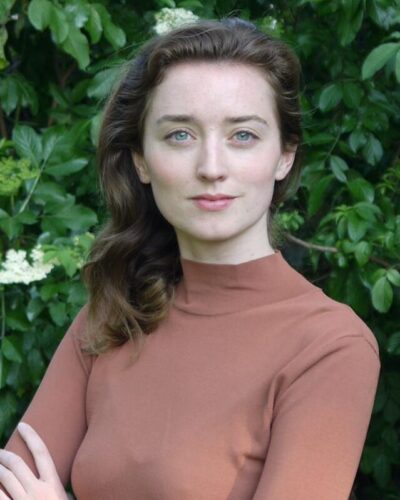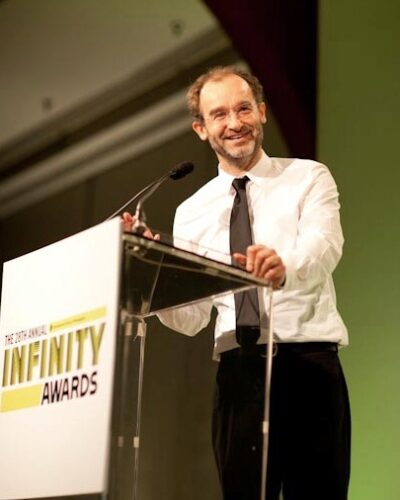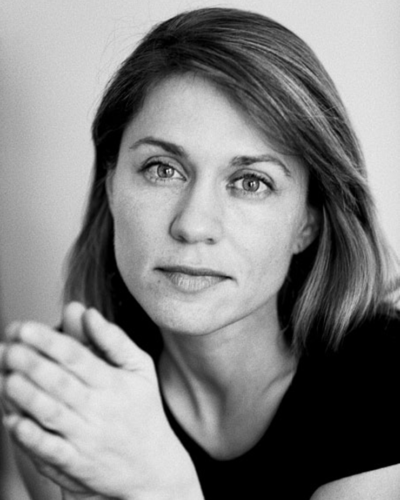Harry Gruyaert: La part des choses
From June 15 to September 24, LE BAL presents the works of Belgian photographer Harry Gruyaert, featuring a vast selection of vintage Cibachrome prints. This exhibition traces an unprecedented journey through the works of an iconic figure in contemporary photography
Harry Gruyaert, born in Antwerp in 1941, stands as one of the pioneers of color photography, inspired by the great American photographers he discovered and admired from an early age, such as Joel Meyerowitz, William Eggleston, and Stephen Shore. Departing from the confines of his native Belgium, Gruyaert found himself in New York during the early 1970s, where he encountered pop art and learned to “view the ordinary with a fresh perspective, accepting the inherent beauty in the world, even in its ugliness.” Influenced by his interactions with avant-garde artists like Gordon Matta-Clark and Richard Nanas, Gruyaert’s outlook was further shaped by Antonioni’s film “Red Desert,” a work he had watched countless times, instilling in him a profound desire to explore the world—to immerse himself fully, not merely to describe or inform, but to mold and shape it. His goal was to capture his own perception of things rather than the things themselves—to become a visionary rather than a mere observer.
Gruyaert describes this process as a physical struggle, an intimate battle with objects and individuals: “I throw myself into things, immersing myself in their mystery and alchemy. Things attract me, and I, in turn, attract things.” In the flow of life, where everything seems to slip through our fingers, Gruyaert believes that in order for “everything to fall into place,” one must simultaneously be present and absent—losing oneself to fully grasp the essence, the texture, and every aspect of the here and now. This requires cultivating a sense of foresight and surrendering to an instinctual arrangement of forms, colors, symbols, light, and motifs.
Alain Bergala, in “Correspondance New Yorkaise,” distinguishes between two types of photographers: those who believe in reality and make photography a means of capturing presence, and those who perceive reality as elusive, only able to capture absence. According to this perspective, Harry Gruyaert stands as an anomaly—a photographer whose visceral presence in the world aims above all to capture its fleeting and intangible nature. Through his images, characterized by isolated trajectories, disjointed spaces, and bodies on the fringes, Gruyaert’s patterns contribute to revealing the absurdity of the world, the surreal collage of life and its fragmented moments.
“What if photography could be about communing with a state of solitude and telling a lie that is truer than truth itself.” (Diane Dufour)
This exhibition brings together, for the first time, 80 vintage prints created between 1974 and 1996 using the cibachrome process. Known for its sharpness, vibrant colors, and saturated surfaces, cibachrome was invented by Hungarian chemist Bela Gaspar in 1933 and trademarked in 1963. It involves producing prints from slides through the destruction of dyes incorporated into the exposed and developed paper emulsion—a positive-to-positive process. These rare prints have been generously loaned to Le BAL from various collectors and Gallery FIFTY ONE in Antwerp, allowing this extraordinary gathering of works to take place.
On the occasion of the exhibition, LE BAL Books offers an exclusive limited edition print by the Belgian photographer. Limited edition print of the photograph: “Belgium, Brussels, Brussels-Midi Station, 1981 © Harry Gruyaert / Magnum Photos”.
Harry Gruyaert : La part des choses From June 15 to September 24, 2023 LE BAL – Paris
More info on:

